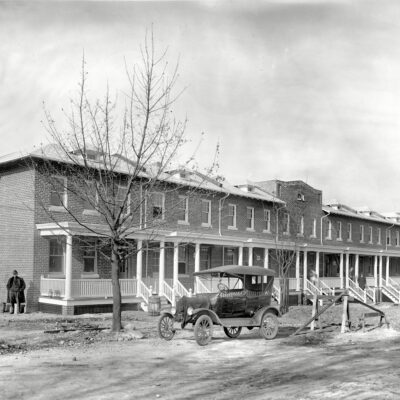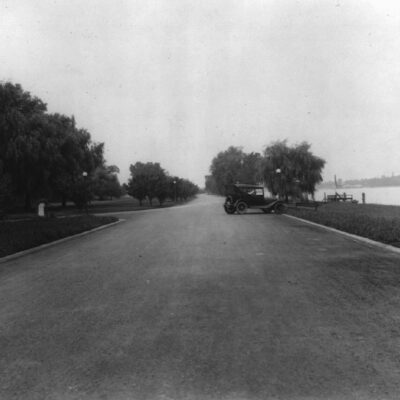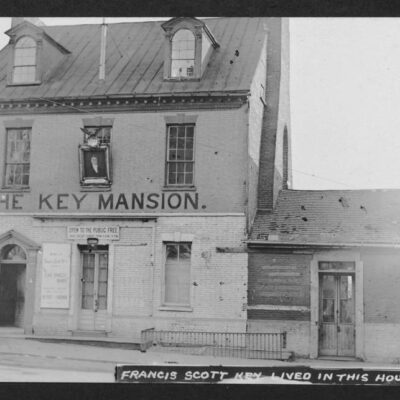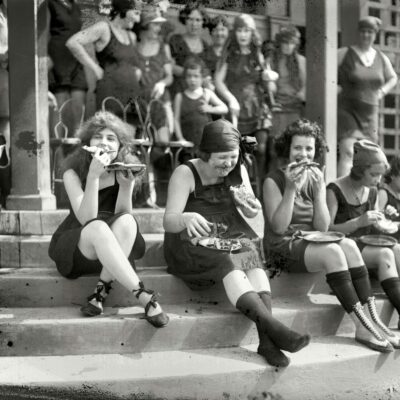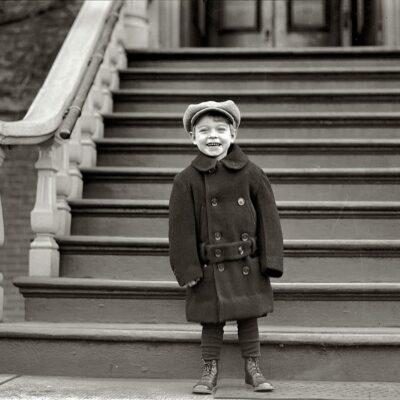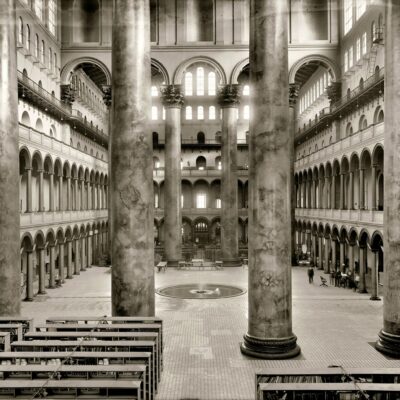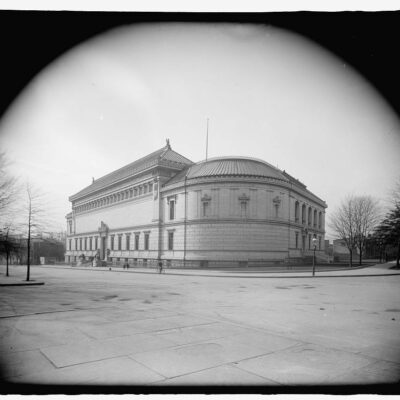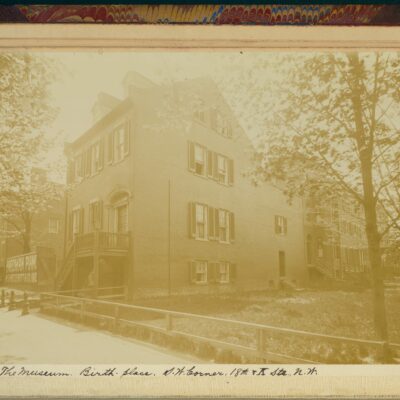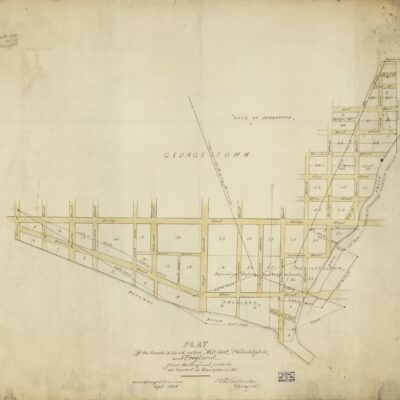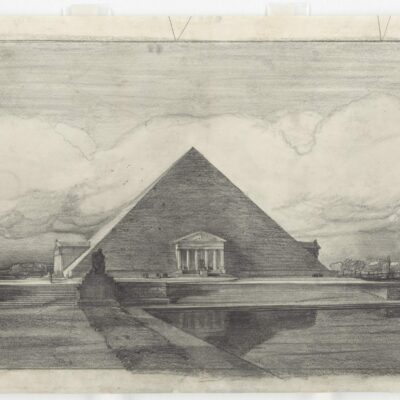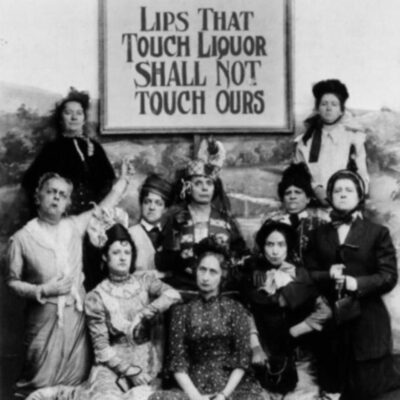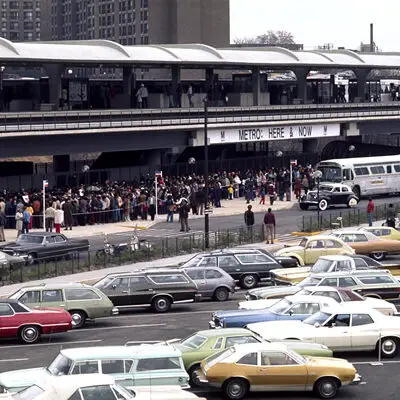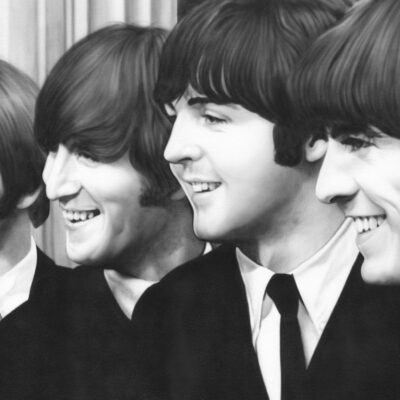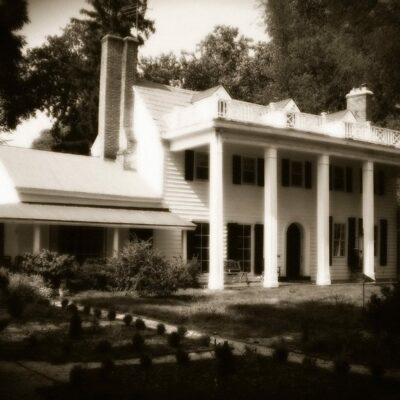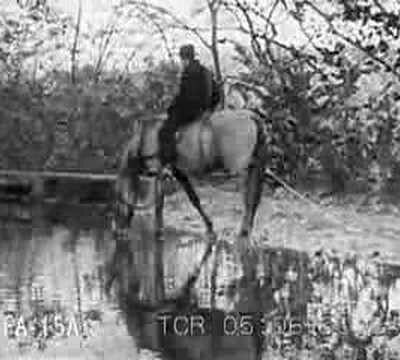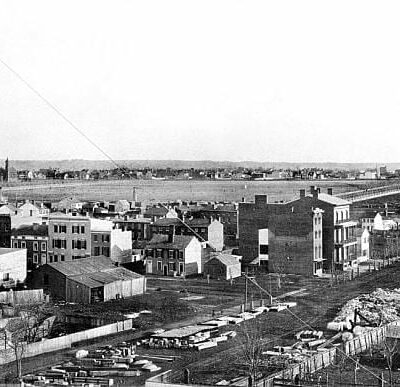Another former president lost out getting a memorial here in D.C. Civil War general and president, Ulysses S. Grant almost had a glorious bridge built in his honor, connecting Arlington to Washington.
Here is an article from the Baltimore Sun, published on February 12th, 1887.
The Grant Memorial Bridge.– There has been sent to us from Washington an admirably engraved representation of the memorial bridge which it is proposed to construct across the Potomac from Washington to Arlington, in honor of Gen. U.S. Grant. A bill to carry the proposition into effect was introduced in the House of Representatives on Wednesday last by Mr. Curtin, of Pennsylvania, was read twice, and referred to the committee on public buildings and grounds. According to the pans submitted by Captain Symons, of the United States corps of engineers, and Architects Smithmeyer and Pelz, the starting point of the bridge on the Washington side would be Observatory Hill, near the foot of New York and New Hampshire avenues, and thence across the Potomac to some point near Arlington, as may ultimately be determined upon by a commission, to be composed of the Secretary of War, the chief justice [sic] of the United States, the engineer-in-chief of the United States army, and one member of the Senate and another of the House, to be chosen by the respective presiding officers of those bodies. The preamble to the bill declares it to be “the desire of the people of the United States that a monument of imperishable material should be erected in honor of its greatest soldier of a design suitable to commemorate his distinguished services;” and that the most appropriate design is a grand monumental bridge to connect Washington with the sacred grounds of Arlington, where fifteen thousand Union soldiers lie buried.” The object of the bridge appears to be to afford easy access to the thousands who go to Arlington from year to year to scatter flowers on the graves of those who lost their lives in defense of the Union. The bridge it is proposed to build for this purpose, as represented by the engraving of it, is what might be called a medieval structure of granite and steel, with square and round towers and turrets, arches of different spans, and a drawbridge over the main channel to admit the passage of vessels. Its total length, including the approach, is to be 4,650 feet, or 630 feet less than a mile. The carriage-way is to be forty feet wide and the sidewalks each ten feet wide. The main arch spans are to be 240 feet in the clear, the bascule span 160 feet and the smaller spans 120 feet each. no such elaborate and imposing structure of the bridge kind has ever been built or even contemplated before in the United States, and its resemblance to the causeway of a great fortress, approached by a series of fortified outworks, is kept up by the bold arches spanning the roadway and their supporting towers and turrets. Although the cost of such a work of the strength and elaborateness proposed is not given, it must necessarily be very great, for to simply commence the construction of the bridge the bill calls for an appropriation of half a million of dollars.
The spot where this bridge would have been built is now traversed by Arlington Memorial Bridge.
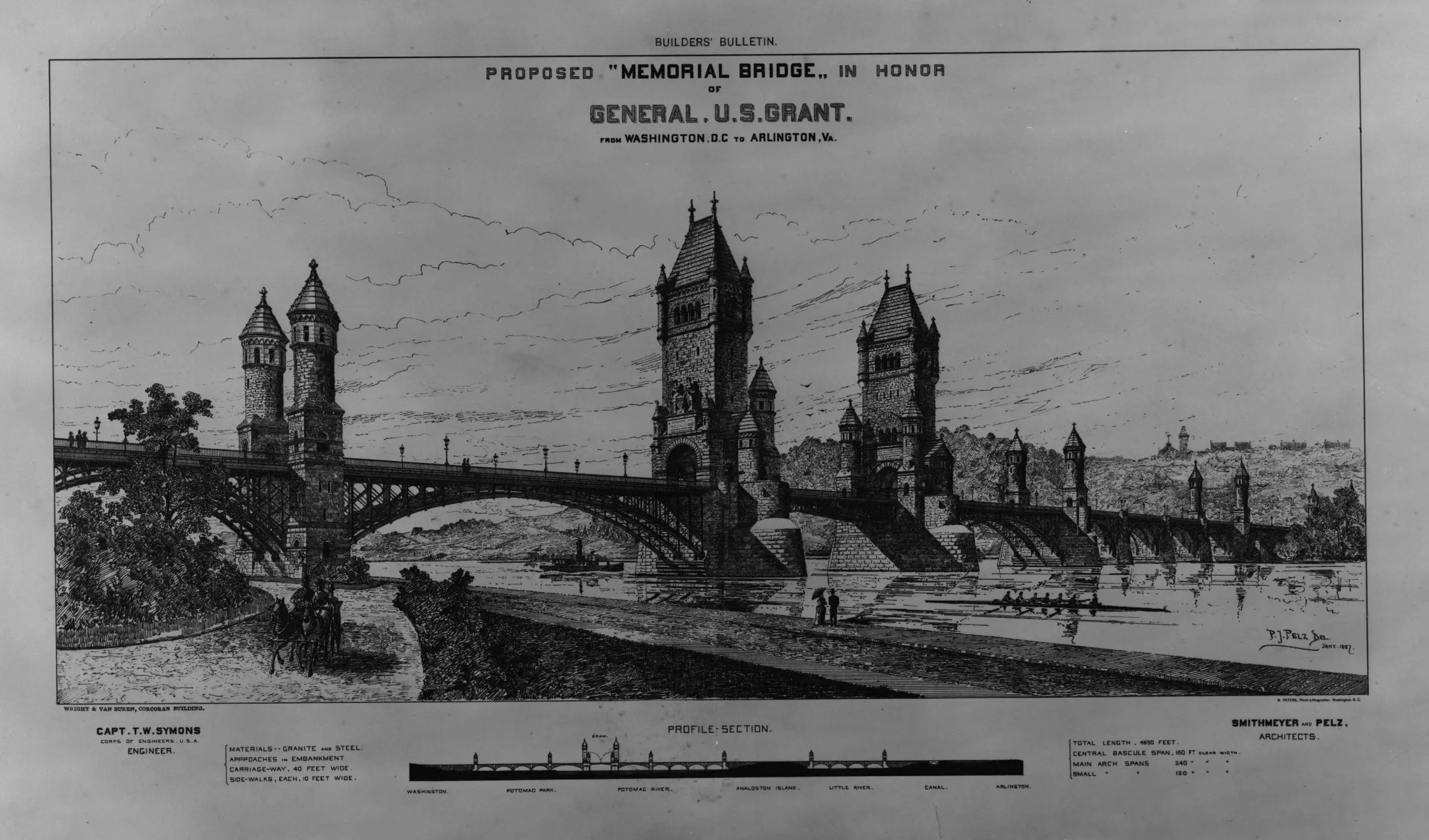
Source: Library of Congress
